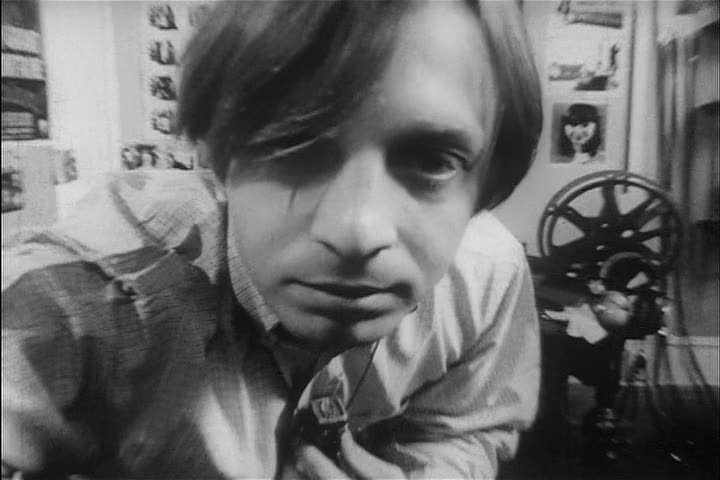
Dailies is a round-up of essential film writing, news bits, and other highlights from across the Internet. If you’d like to submit a piece for consideration, get in touch with us in the comments below or on Twitter at @TheFilmStage.
At RogerEbert, Owen Wilson and Wes Anderson remember L.M. “Kit” Carson:
We met Kit twenty years ago. He and his wife Cynthia Hargrave had come back to Texas to put Kit’s actual, biological son Hunter through school there, and we submitted ourselves to be the adopted ones: hoping to become his latest discoveries. (We weren’t the first. He was a natural guru.) He was the only person we had ever met who actually worked in the movie business, and we had never come across someone who so automatically and instinctively turned any idea or experience or suggestion into a story — a pitch. Sometimes it was only at the end of the story that you realized: this has a purpose. He’s advising us. These are “notes.”
At Observations on Film Art, David Bordwell explores David Fincher‘s Gone Girl:
Detective stories and thrillers are one-off demos of narrative trickery, so studying them can teach us something about how we understand stories. We’ve made a stab at showing this elsewhere on this site (see our codicil). But now comes a flagrant instance of narrative manipulation that has set people talking ever since Gillian Flynn’s novel was published.
That novel and the film she wrote and David Fincher directed throw into relief how popular narratives revise devices from earlier traditions. As narratologists in training, we’re keen as well to understand how the film creates its particular effects. I can’t answer all such questions here, but I offer some thoughts on the film’s storytelling strategies, with notes on how those adapt earlier ones.
At A.V. Club, William Hughes on fake deaths, cheap resurrections, and dealing with real grief:
Five months ago, less than a week after her 24th birthday, my fiancée, Shanna, collapsed. No one knew it at the time, but a blood clot had broken loose from her leg and made its way into her lung. Once it was there, it did a number of things: It put pressure on her heart, dropping her blood pressure. It made it almost impossible for her to breathe. And, despite the best efforts of nurses and paramedics and ambulance drivers and ER doctors and a thousand desperate wishes since, by the time an hour had passed, it had killed her.
Listen to Marcello Mastroianni discuss working with Federico Fellini in a 1963 interview:
In a related post at Criterion, Gary Giddins reflects on the newly issued La dolce vita:
To savor Federico Fellini it may be worthwhile to temporarily spurn him. We come to him in youth, rosily impressionable, hungry for allegory, susceptible to the idea of life as a circus, complete with and even dominated by a freak show. But then we must disown him like a shameful memory: the grandiosity, nostalgia, and hallucinations; the promenade of lanky, bosomy, and Chaplinesque women; the transvestites and gargoyles—so that later we can, with trepidation and longing, confront again the colorful ringmaster from Rimini and his forty-year pilgrimage in cinema, and find that we were right the first time, that Fellini really is an artist for most seasons.

